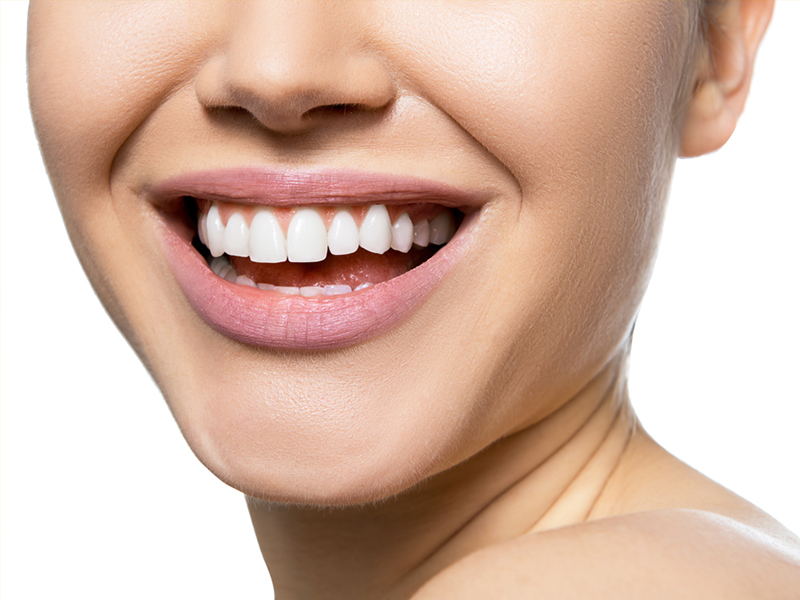When most people think about orthodontic treatment, they imagine straight teeth and a beautiful smile. While that’s certainly one of the most noticeable benefits, orthodontic care goes far beyond cosmetic improvements. Properly aligned teeth can enhance your oral health, improve your bite, and even boost your overall well-being. Let’s explore how orthodontic treatment offers lifelong benefits beyond aesthetics.
What Is Orthodontic Treatment?
Orthodontic treatment involves the use of braces, aligners, or other dental devices to correct misaligned teeth and jaw positions. It addresses problems such as:
- Crooked or crowded teeth
- Overbites, underbites, and crossbites
- Jaw misalignment
- Gaps between teeth
While these issues may seem minor, they can significantly impact oral function, hygiene, and long-term dental health.
Common Types of Orthodontic Treatments
| Treatment Type | Description | Ideal For |
|---|---|---|
| Traditional Metal Braces | Metal brackets and wires gradually move teeth into position. | Complex cases and young patients. |
| Ceramic Braces | Tooth-colored braces that blend with natural teeth. | Teens and adults seeking a discreet look. |
| Lingual Braces | Placed on the inner side of teeth, invisible from outside. | Those who prioritize appearance. |
| Clear Aligners (e.g., Invisalign) | Removable, transparent trays that shift teeth gradually. | Mild to moderate alignment issues. |
| Retainers | Maintain teeth alignment post-treatment. | Post-brace maintenance. |
Each type offers unique benefits, but all work toward improving both your dental health and overall quality of life.
The Functional Benefits of Orthodontic Treatment
1. Improved Oral Health
Misaligned or crowded teeth create spaces where plaque and food particles can accumulate, making brushing and flossing difficult.
By aligning your teeth properly, orthodontic treatment:
- Reduces the risk of cavities and gum disease
- Enhances oral hygiene efficiency
- Prevents tartar buildup and bad breath
A straight smile isn’t just beautiful — it’s healthier.
2. Better Bite Function
An improper bite (malocclusion) can cause excessive wear on certain teeth, difficulty chewing, and even jaw pain.
Orthodontic correction helps:
- Distribute bite pressure evenly
- Prevent premature tooth wear
- Improve chewing and digestion
- Relieve jaw strain and discomfort
This ensures that your teeth and jaw work harmoniously for years to come.
3. Reduced Risk of Tooth Damage
Protruding or misaligned teeth are more vulnerable to injury, especially during sports or accidental falls. By straightening your teeth, orthodontic treatment helps protect them from chipping or fractures, reducing the need for restorative dental work later in life.
4. Improved Speech Clarity
Misaligned teeth or jaw positions can sometimes affect pronunciation and speech clarity. Orthodontic correction can help eliminate lisping, slurring, or difficulty pronouncing certain sounds by improving the alignment between the tongue and teeth.
5. Jaw Alignment and TMJ Relief
Orthodontic issues often contribute to temporomandibular joint (TMJ) problems, causing headaches, jaw pain, or difficulty opening and closing the mouth.
By aligning the jaw properly, orthodontic treatment can:
- Reduce TMJ discomfort
- Relieve facial tension
- Improve jaw function and stability
6. Better Digestion and Nutrition
When teeth don’t fit together properly, chewing efficiency decreases. Poorly chewed food puts extra stress on the digestive system. Proper alignment helps break down food effectively, aiding better digestion and nutrient absorption.
The Psychological and Social Benefits
1. Boosted Self-Confidence
A straight smile enhances not only appearance but also self-esteem. People who complete orthodontic treatment often feel more confident in social, academic, and professional settings.
2. Positive First Impressions
Smiles play a big role in communication and perception. Having well-aligned teeth contributes to a more approachable and confident appearance, which can positively impact relationships and career opportunities.
3. Improved Mental Well-being
Feeling self-conscious about crooked teeth can affect emotional health. The confidence gained from orthodontic results often leads to improved mood, self-image, and mental well-being.
Orthodontic Health Benefits by Age
| Age Group | Benefits |
|---|---|
| Children | Guides jaw growth, corrects early alignment issues, prevents future complications. |
| Teens | Enhances appearance and boosts confidence during key social years. |
| Adults | Corrects long-term dental misalignment, improves bite function, and revitalizes appearance. |
It’s never too late to seek orthodontic care — modern options like clear aligners make adult treatment more convenient and discreet.
Long-Term Dental Protection
Orthodontic treatment can prevent many costly dental problems later in life. Properly aligned teeth are easier to clean and less likely to develop cavities, gum disease, or enamel wear.
This means fewer dental visits, lower treatment costs, and better overall oral health in the long run.
Maintaining Results After Treatment
After completing orthodontic treatment, maintenance is crucial to keep your teeth in their new positions.
Post-treatment tips:
- Wear retainers as prescribed
- Maintain regular dental checkups
- Brush and floss daily
- Avoid excessive pressure from habits like teeth grinding or nail biting
With proper care, your orthodontic results can last a lifetime.
Conclusion
Orthodontic treatment is not just about creating a beautiful smile — it’s about promoting long-term oral and overall health. From improving bite function and speech to enhancing confidence and preventing future dental issues, the benefits go far beyond aesthetics. Investing in orthodontic care is a step toward a healthier, more functional, and confident life.
FAQs
1. Is orthodontic treatment only for children and teenagers?
No. Adults can benefit just as much from orthodontic care, especially with options like clear aligners.
2. How long does orthodontic treatment take?
Treatment duration varies by case but typically ranges from 12 to 36 months.
3. Does orthodontic treatment hurt?
Some mild discomfort is normal during adjustments, but modern braces and aligners are designed to minimize pain.
4. Can orthodontic treatment help with jaw pain?
Yes. Aligning your bite can relieve strain on the jaw and reduce TMJ-related discomfort.
5. How can I maintain my smile after treatment?
Wearing retainers and maintaining good oral hygiene are essential for keeping your teeth properly aligned.





